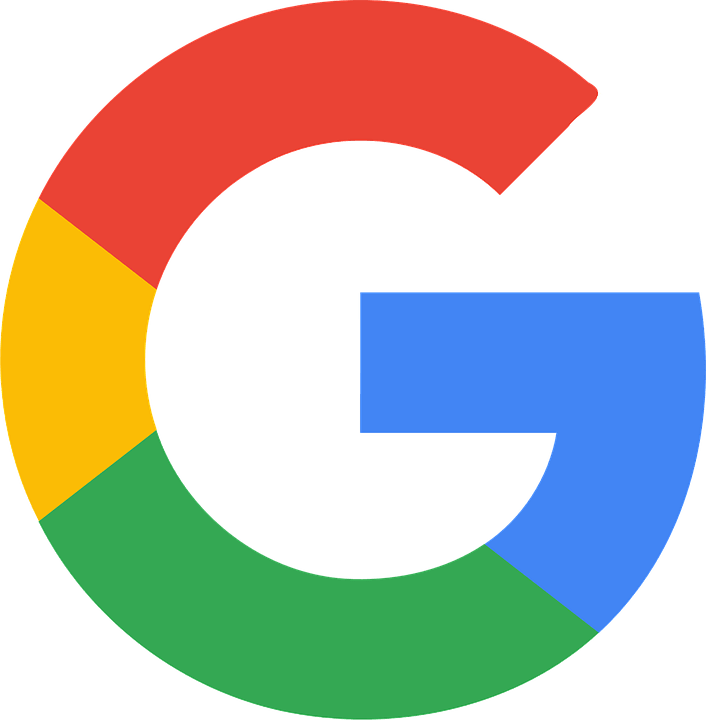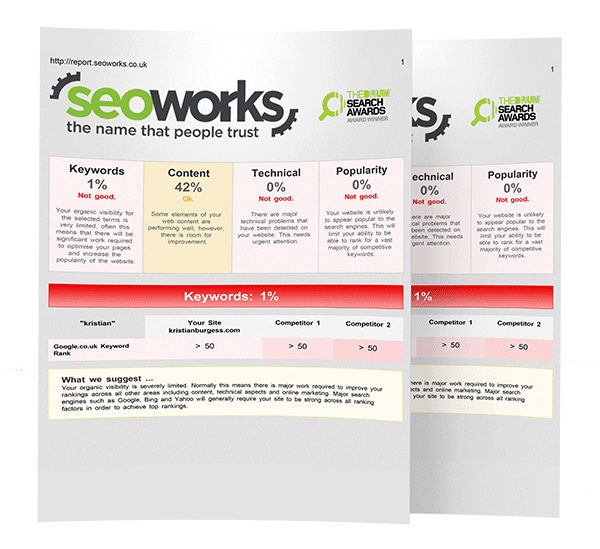Google Continues to Shape the Web

The dramatic impact that a position on the first page of results can have to a business has given companies like Google (who hold an 86.75% share of the UK search market) an enormous amount of influence over the shape of the World Wide Web.
When a query can be answered by more than one competing website, search engines look to give the most visibility to the one which provides the best overall experience to the user. In doing so they strongly incentivise best practices in website development.
The Impact of Google’s Ranking Incentive for HTTPS
In August 2014, Google announced that their ranking algorithms give slight preference to websites which use the HTTPS protocol to provide a secure communication channel between the user and the host server. This makes your connection less susceptible to eavesdropping or man-in-the-middle type attacks.
According to data collected by Dr. Peter J. Meyers, the percentage of secure websites on the first page of results in Google has grown from 7% in 2014 to over 30% today. This trend is showing no signs of plateauing, and Dr. Meyers predicts that there will be another HTTPS related algorithm update in the next 6-12 months.
Mobile Sites with Intrusive Popups to Incur Ranking Penalty
Another area in which Google has been heavily influential is mobile friendliness. In the past, Google has made it clear that in order for a website to rank well in mobile search results it needs to have an interface which works well on a small screen. The mobile friendly badge has been used in the results pages to mark which websites meet this criteria but, claiming that 85% of pages are now compliant, Google have announced that they will be removing this badge in the near future.
Google also announced that from January “pages where content is not easily accessible to a user on the transition from the mobile search results may not rank as highly”. Websites which will be penalised include any with an intrusive popup (such as that shown in Google’s example on the right) or an intrusive standalone interstitial.

